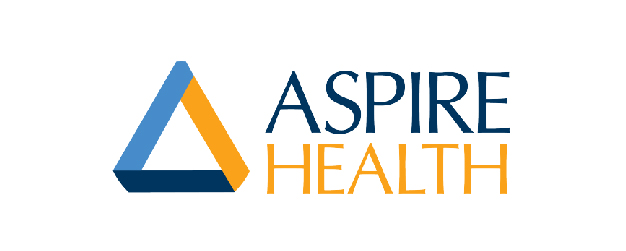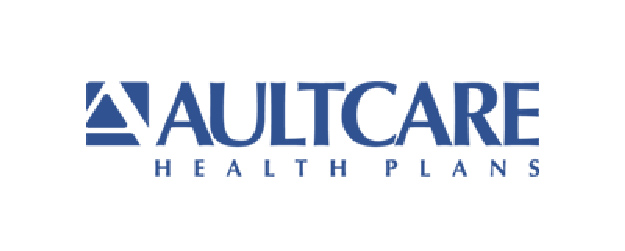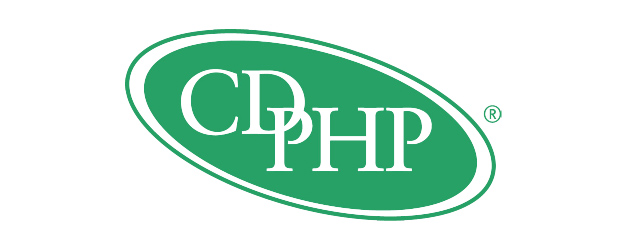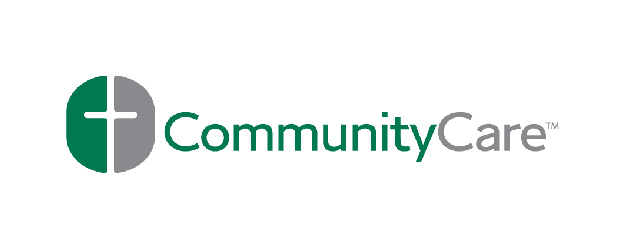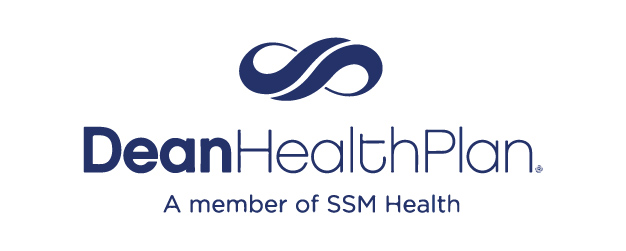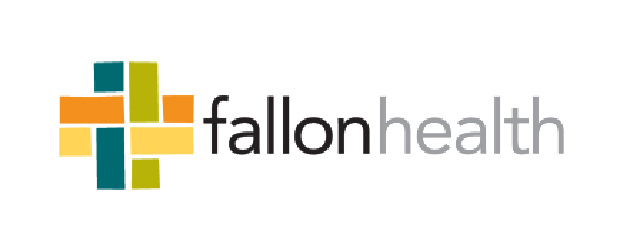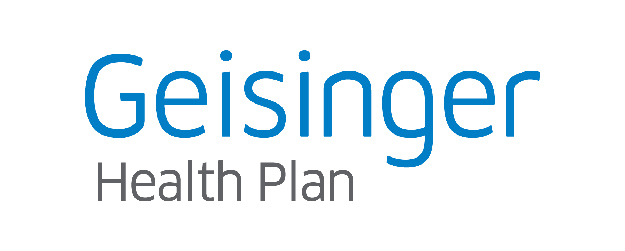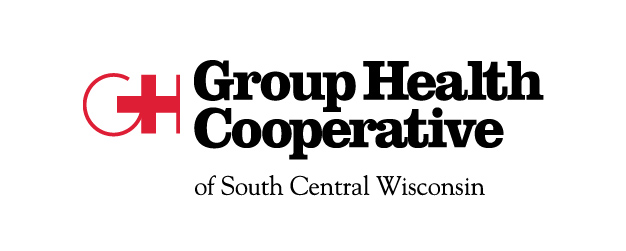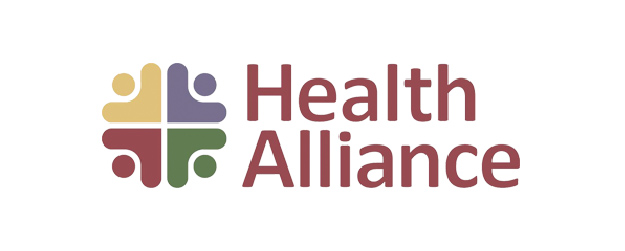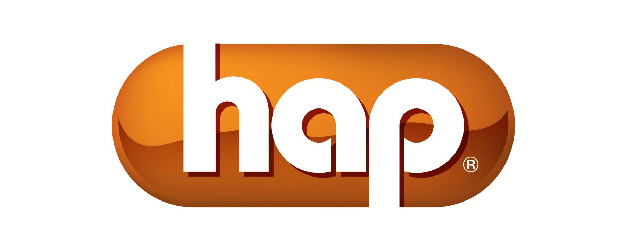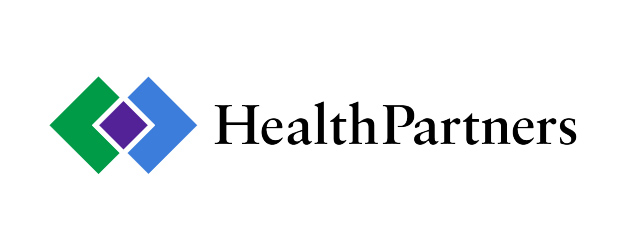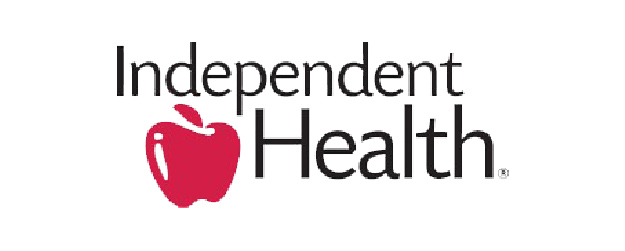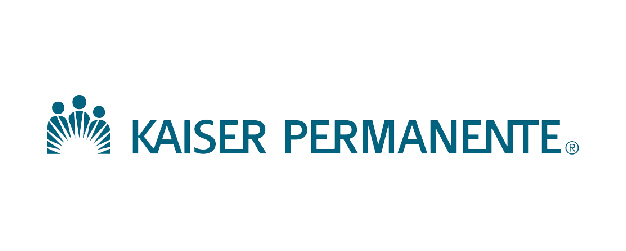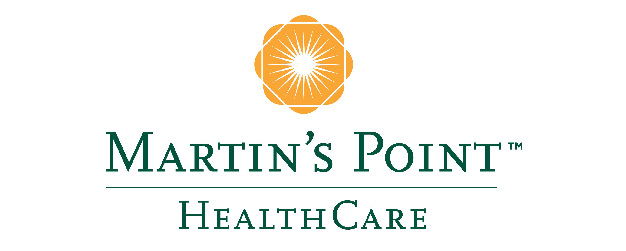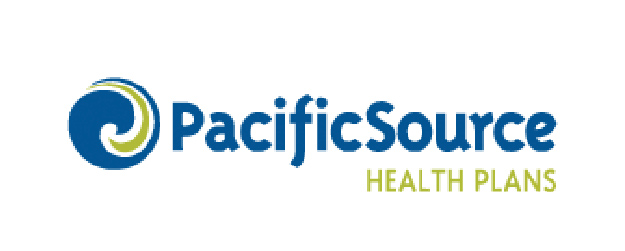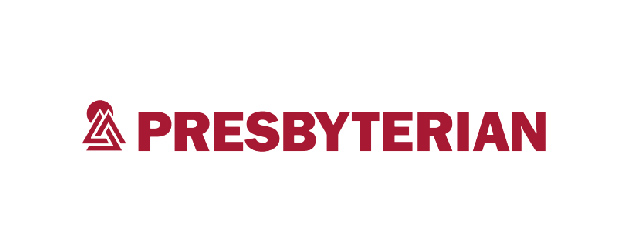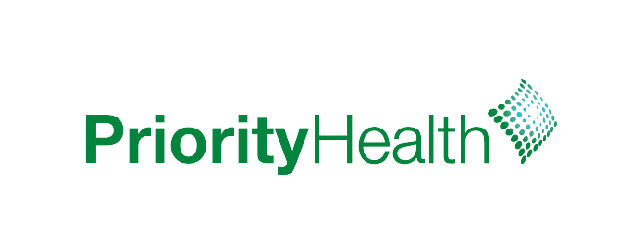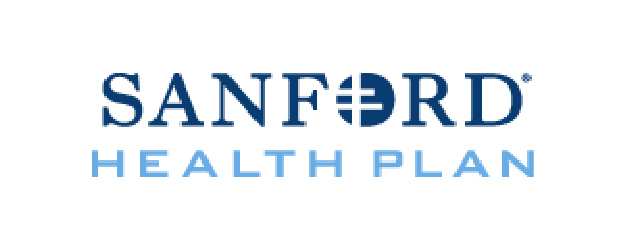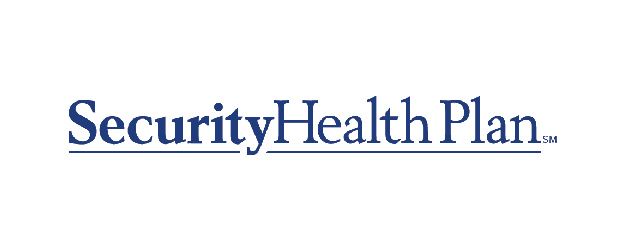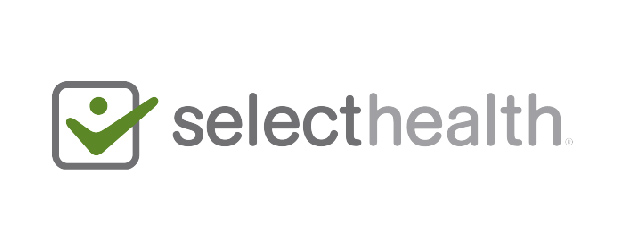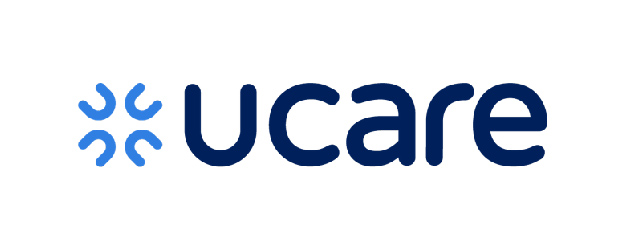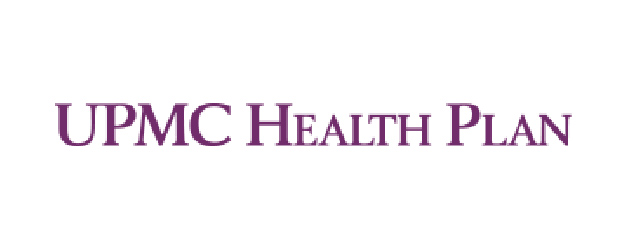Overview
Millions of people across the country are dealing with financial hardship, as inflation hovers at its highest level in more than 40 years and the nation attempts to move on from the greatest public health crisis of our time – the COVID-19 pandemic. Sadly, the high cost of medical care often compounds the problem for consumers.
While the pandemic stretched resources across the health care spectrum, the Alliance of Community Health Plans (ACHP) and its member companies remained steadfast in their mission to improve the health of the communities they serve, promoting high-quality, affordable coverage and care. Over the past year, embracing a consumer-centric approach, ACHP member companies supported programs and practices that consistently deliver the right care, at the right time, at the right price.
This commitment to reducing the cost of care is a core component of ACHP’s 10-year Health Care 2030: Roadmap to Reform. The 2022 Report on Affordability is the second in a series to realize that pledge, highlighting the steps ACHP and its provider-aligned health plans are taking to increase the value of every dollar consumers spend on health care.
ACHP's 10-year Health Care 2030: Roadmap to Reform
2022 Highlights
ACHP and its member companies understand the stress health care costs can place on individuals and families, especially during a pandemic. In the last year, ACHP member companies doubled down on efforts to support their communities—even in the face of significant workforce constraints. ACHP member plans protected their communities from COVID-19 by making tests and vaccines widely available. In 2022, as the world emerged from pandemic lockdowns, ACHP plans and their provider partners met the health care needs of millions of consumers who had deferred in-person care for more than two years.
At the federal policy level, ACHP and its members successfully advocated on behalf of consumers, securing valuable premium subsidies for shoppers on the individual exchange and holding the line on skyrocketing prescription drug costs through legislative and regulatory reforms. Thanks in part to ACHP’s tireless work scrutinizing an experimental drug called Aduhelm, coverage will be limited, and Medicare premiums will come down next year.
ACHP member companies have been consistently working to save consumers money by focusing on initiatives that
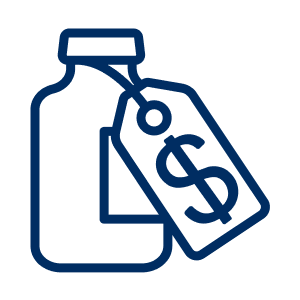


Taking steps to stem the rising costs of prescription drugs.
ACHP has been the only national payer organization pushing Congress and the Administration for comprehensive drug pricing reforms.
The Inflation Reduction Act of 2022 included many of ACHP’s recommendations to lower drug costs for older consumers and hold Big Pharma accountable for egregious pricing practices. For the more than 60 million older Americans on Medicare, this means spending less money and spreading costs out over the calendar year. In particular, consumers with lower incomes and those with higher drug costs will save hundreds—if not thousands—of dollars each year on prescription medicines.
ACHP member companies attributed 23 percent of claims in 2021 to prescription drug spending.1 To alleviate this burden, ACHP members have been implementing their own programs to help reduce consumers’ needs for expensive prescription medications. These programs …



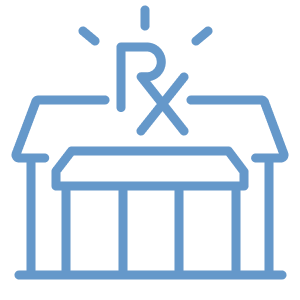
 ACHP member plan HealthPartners, which provides coverage and care in Minnesota and Wisconsin, drastically reduces prescription drug spending for its health system and members alike, ensuring patients get the quality treatments they need at a reasonable cost. A 2022 evaluation found that HealthPartners’ risk-adjusted pharmacy costs were 20.3 percent lower than the Midwest average.2
ACHP member plan HealthPartners, which provides coverage and care in Minnesota and Wisconsin, drastically reduces prescription drug spending for its health system and members alike, ensuring patients get the quality treatments they need at a reasonable cost. A 2022 evaluation found that HealthPartners’ risk-adjusted pharmacy costs were 20.3 percent lower than the Midwest average.2HealthPartners’ integrated system, linking care and pharmacy with medical insurance coverage, bypasses expensive drugs without sacrificing clinical effectiveness, saving thousands of dollars per patient. Roughly 93 percent of all drugs prescribed by HealthPartners are generic treatments, a low-cost alternative to expensive brand name products. HealthPartners also saves consumers money and prevents potential drug waste by limiting the initial fills of some high-cost drugs to two weeks, allowing time to ensure the patient can tolerate the new medication.
By educating and assisting patients with medication management, HealthPartners reduces pharmacy costs and prevents costly adverse events, such as hospitalizations and emergency room visits. Medication therapy management helps patients manage multiple prescriptions, which reduces instances of non-adherence and drug waste while improving patient health outcomes and satisfaction.
HealthPartners’ industry-leading Medical Injectable Site of Care Program contains costs by moving infusions for medications from hospitals to patient homes, clinics or other sites that are convenient for consumers and family members. Infusion drugs administered in hospitals can cost up to four times more than if given in the patient’s home or at a clinic, so HealthPartners saves an average of $15,000 per participant annually by working with providers, patients and pharmacy partners to find non-hospital locations to deliver the therapy.



of all drugs prescribed by HealthPartners are generic treatments
In 2021, rejecting the unanimous vote of its own scientific advisory panel, the Food and Drug Administration approved the use of Aduhelm, an unproven drug introduced to treat Alzheimer’s at a launch price of $56,000 a year.
In 2022, the Centers for Medicare & Medicaid Services (CMS) faced a difficult decision: whether Medicare should cover the drug, despite its record of dangerous side effects and continued doubts about its effectiveness.
ACHP, with others in the medical and scientific community, argued against widespread use of the drug. And in a rare defeat for the pharmaceutical industry, CMS decided to limit coverage to clinical trials to collect more data.
While the coverage decision protects patients from an experimental drug with known side effects, and saves taxpayers money, the campaign did not end there. In late September, after aggressive advocacy by ACHP and others, the Administration announced the largest Medicare Part B premium decrease in over a decade, pointing to the lower-than-projected costs associated with Aduhelm.
Reducing health insurance premiums on the individual market
As champions of consumer access to affordable coverage and care, ACHP member companies have long believed in the importance of the individual market. That is why we were proud to support a three-year extension of increased premium subsidies for working Americans who buy their own insurance.
At home in their communities, ACHP member plans continued their efforts to drive costs down. From 2020 to 2022, in the midst of the pandemic, the majority of ACHP members decreased or maintained premiums on the individual market across bronze, silver and gold plans.5 Last year, ACHP members responding to a survey reduced their silver plans’ premiums by an average of 2.4%, compared to a national decline of 1.8%.6,7
Equipping consumers with tools to make affordable health care decisions
Enrollees in ACHP health plans stay with their plan year over year. This loyalty is a strong indicator of consumer satisfaction, ensures more consistent care and ultimately reduces costs associated with churn.
In 2022, 11 ACHP plans retained 90 percent or more of their MA beneficiaries, and 16 ACHP plans retained 80 percent or more.8 Industry data from 2013 to 2014 indicates that insurers overall retained 78 percent of MA enrollees.9
The close relationship between the health plan and the consumer translates into trust, which enables deeper education and engagement. High rates of retention mean plans and consumers can partner to improve health outcomes and reduce costs for both the individual and the system as a whole. The result is a virtuous cycle: retention means the plan has a deeper understanding of the patient’s needs. That leads to earlier, targeted interventions which foster better health and lower costs.
Innovative health plans further manage costs by providing consumers with choices for care. ACHP’s 2021 Report on Affordability revealed how ACHP member companies expanded benefits virtually without increasing costs to consumers, notably by adding telehealth as well as acute at-home and hospital-at-home care. In 2022, 12 ACHP plans offered incentives to use telehealth and digital therapies, introducing more consumers to cost-saving options.10 And each virtual visit saves consumers time and money traveling to a facility.
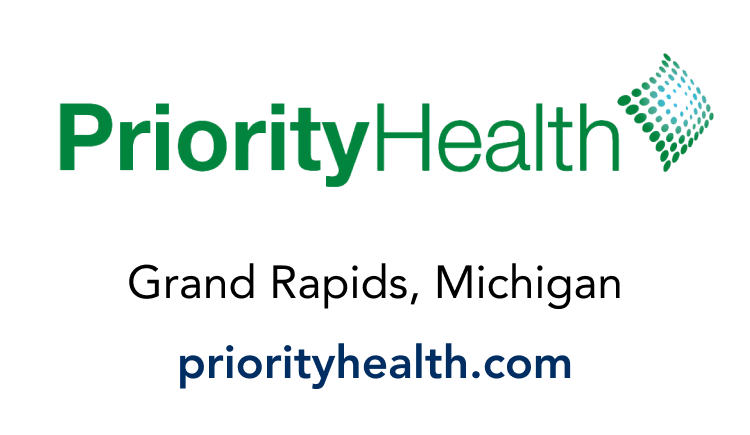
Michigan-based Priority Health’s Cost Estimator exemplifies how a relationship between health plan and consumer, supported by transparency and combined with incentives, leads to even greater savings. An easily accessible and highly visible box on Priority’s website and mobile app, the tool gives consumers real-time estimates of their personal out-of-pocket costs for hundreds of medical procedures and thousands of prescription drugs.
Priority members receive financial rewards for using the Cost Estimator to research care options and to schedule procedures. If a consumer elects to schedule a procedure that costs less than the fair market price, they earn up to hundreds of dollars back from the health plan.
Priority’s Cost Estimator averages more than 11,000 unique visitors a month, and more than 300,000 total visits each year. About 18 percent of Priority Health consumers use it annually. From its introduction in 2015 through August 2022, Priority’s Cost Estimator has tallied $13 million in shared savings and paid out about $4.8 million in rewards to consumers.
Conclusion
Controlling health care spending has been an uphill battle for decades in the United States. Nevertheless, with a consumer focus based in deep community roots and strong national advocacy, ACHP and its member companies consistently demonstrate their commitment to delivering value. At no time has this been more critical than during a period of economic strain and lingering COVID concerns.
In the last year, ACHP and its nonprofit member companies have continued their efforts by …





ACHP Members
1 Source: The ACHP Member Survey, fielded by NORC at the University of Chicago, from May 25, 2022 – August 5, 2022, to all 23 ACHP plans with 13 responding
2 Source: HealthPartners engaged IBM Watson Health to compare their illness burden-adjusted Total Cost of Care results to IBM Watson Health’s benchmarks, which consists of 17 million commercial members.
3 Source: The ACHP Member Survey, fielded by NORC at the University of Chicago, from May 25, 2022 – August 5, 2022, to all 23 ACHP plans with 14 responding
4 Source: Analysis by NORC at the University of Chicago: https://www.kff.org/health-reform/state-indicator/average-marketplace-premiums-by-metal-tier/?currentTimeframe=0&selectedRows=%7B%22wrapups%22:%7B%22united-states%22:%7B%7D%7D%7D&sortModel=%7B%22colId%22:%22Location%22,%22sort%22:%22asc%22%7D
5 Source: The ACHP Member Survey, fielded by NORC at the University of Chicago, from May 25, 2022 – August 5, 2022, to all 23 ACHP plans with 14 responding
6 Source: The ACHP Member Survey, fielded by NORC at the University of Chicago, from May 25, 2022 – August 5, 2022, to all 23 ACHP plans with 14 responding
7 Source: Analysis by NORC at the University of Chicago: https://www.kff.org/health-reform/state-indicator/average-marketplace-premiums-by-metal-tier/?currentTimeframe=0&selectedRows=%7B%22wrapups%22:%7B%22united-states%22:%7B%7D%7D%7D&sortModel=%7B%22colId%22:%22Location%22,%22sort%22:%22asc%22%7D
8 Source: The ACHP Member Survey, fielded by NORC at the University of Chicago, from May 25, 2022 – August 5, 2022, to all 23 ACHP plans with 18 responding
9 Source: https://www.kff.org/report-section/medicare-advantage-plan-switching-exception-or-norm-issue-brief/
10 Source: The ACHP Member Survey, fielded by NORC at the University of Chicago, to all 23 ACHP plans from May 25, 2022 – August 5, 2022




